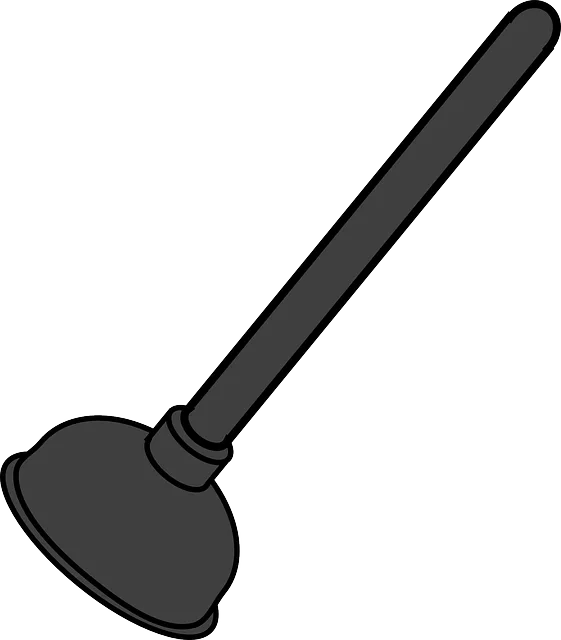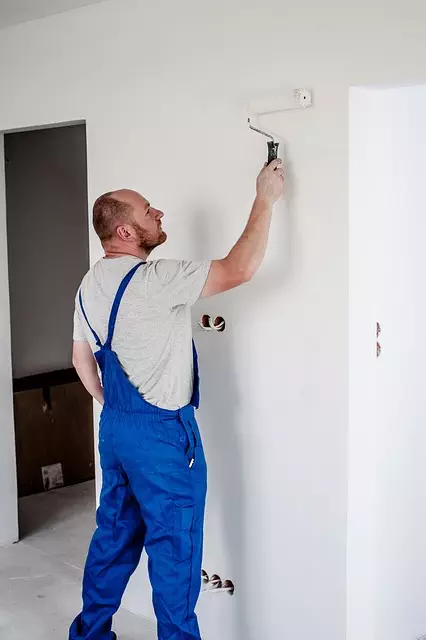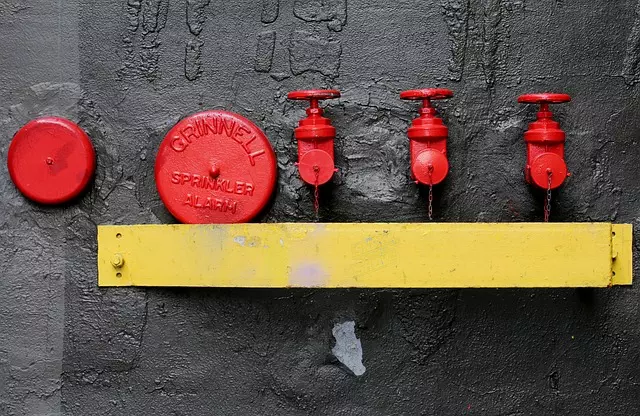Water leaks in Toledo homes are common but costly issues caused by old plumbing or faulty appliances. Early detection using tools like moisture meters and thermal imaging cameras is key to preventing damage and water waste. Plumbers use specialized tools for effective leak repair, promoting long-lasting solutions. Homeowners can also learn DIY methods, including detection techniques, turning off the main water valve, gathering Leak Repair Plumbing Tools, disassembling fixtures, inspecting and replacing damaged parts, then reassembling and testing repairs to avoid costly emergencies.
Water leaks can cause significant damage and elevated water bills. If you’re facing a plumbing leak in Toledo, understanding common causes and efficient detection methods is crucial. This guide equips homeowners with essential plumbing tools and provides a step-by-step approach to fixing leaks at home. From identifying subtle signs of a leak to selecting the right Leak Repair Plumbing Tools, you’ll learn how to tackle common issues effectively. Implement these strategies to prevent water waste and protect your property.
- Understanding Water Leak Repairs: Common Causes and Detection Methods
- Essential Plumbing Tools for Efficient Leak Repair
- Step-by-Step Guide to Fixing Common Plumbing Leaks at Home
Understanding Water Leak Repairs: Common Causes and Detection Methods
Water leaks can be a common and frustrating issue for homeowners, leading to costly damage if left unattended. Understanding the causes and learning effective detection methods is key in addressing this problem efficiently. Plumbing leaks in Toledo often arise from various sources, such as worn-out pipes, faulty fittings, or damaged appliances. Older plumbing systems are particularly susceptible to leaks due to corrosion and general wear and tear. Additionally, sudden changes in water pressure can cause pipes to burst or develop cracks, resulting in significant water waste and potential structural damage.
Detecting a leak early is crucial for minimizing these risks. Homeowners should be vigilant and regularly check for signs like dampness on floors, walls, or ceilings, as well as unexplained spikes in water bills. Visual inspection isn’t always enough; that’s where Leak Detection Methods come into play. Advanced technologies like moisture meters and thermal imaging cameras can pinpoint hidden leaks with remarkable accuracy. Moreover, listening for unusual noises from pipes—like dripping or gurgling sounds—can also signal a potential issue. Having the right plumbing tools is essential for DIY leak repair, enabling homeowners to address minor problems before they escalate.
Essential Plumbing Tools for Efficient Leak Repair
When it comes to efficient leak repair, having the right tools is paramount for any plumber in Toledo dealing with water leaks. The first step in successful leak repair is effective leak detection methods, which require specialized equipment like pressure gauges and acoustic sensors to pinpoint the source. Once located, the right plumbing tools become essential for fixing the issue swiftly. This includes durable and versatile tools such as adjustable wrenches for securing fittings, snake or auger devices for clearing clogs, and precision-cut pipe cutters for accurate measurements.
Additionally, a quality multimeter is invaluable for checking electrical connections and voltage levels, especially in complex plumbing systems. These tools not only ensure the effectiveness of leak repair but also contribute to longer-lasting solutions, saving both time and money for homeowners.
Step-by-Step Guide to Fixing Common Plumbing Leaks at Home
Fixing common plumbing leaks at home can save you time and money, especially when you’re armed with the right tools and knowledge. Here’s a step-by-step guide for tackling leak repairs in your Toledo residence. First, locate the source of the leak using various leak detection methods such as following water lines or employing leak-sensing technology. Once identified, turn off the main water valve to prevent further wastage. Next, gather your Leak Repair Plumbing Tools, including wrenches, pliers, and replacement parts for any damaged fixtures.
Disassemble the leaking fixture carefully, inspecting gaskets, seals, or pipes for damage or wear. Replace these components as needed, ensuring proper sealing. After reassembling, turn on the water supply and test the fix by checking if the leak has ceased. If not, repeat the disassembly and re-inspection process until the problem is resolved. Remember, early detection and quick action can prevent minor leaks from turning into costly plumbing emergencies.


